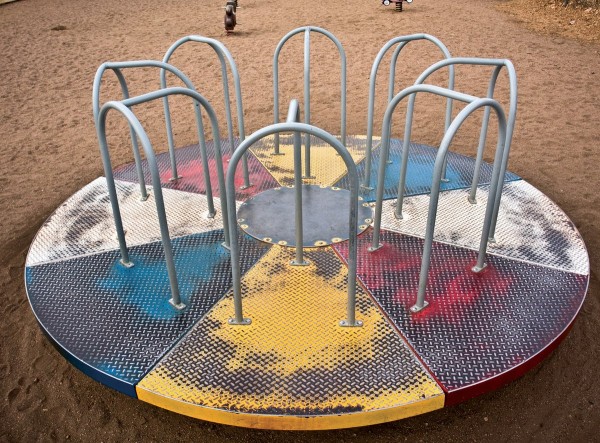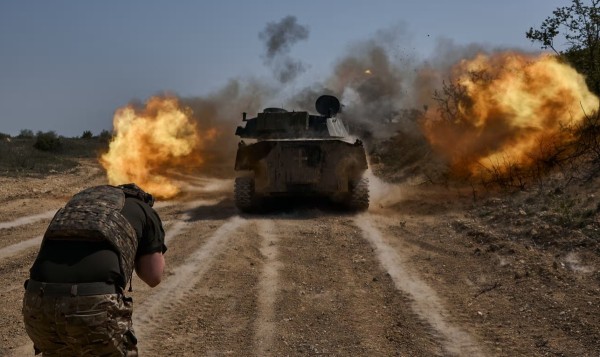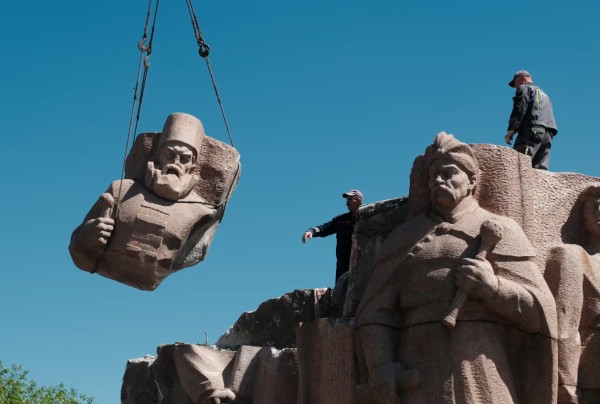On Aug. 6th, 1940, the Supreme Soviet of the Soviet Union “legalized” this annexation of Estonia by the Soviet Union. Now in power, the puppet government of Johannes Vares was set to demolish the democratic republic and physically destroy the more enterprising and educated part of the Estonian population. Many were arrested (1080 people) and many executed (1082 during six months of 1940). Also arrested were the Commander-in-Chief of the armed forces, General Johan Laidoner, and the President of the Republic, Konstantin Päts. Both were deported to Russia in July 1940, where they eventually died.
The culmination of this period came on June 14th, 1941, with the first phase of mass deportations, to inhuman conditions of Kirov and Novosibirsk regions. It was a cruel operation: the arrested heads of families were separated from their families. Many were executed, summarily, including Members of the previous Parliament (Riigikogu). The ZEV (Zentralstelle Zur Erfassung Der Verschleppten) Committee estimated that 14,890 people suffered repression in Estonia in June 1941. By the end of August, the number of victims reached 38,575. According to the ZEV estimate, Estonia lost at least 59,967 citizens during the first year of occupation.
The war between the Soviet Union and Germany added other losses. The forced mobilization by Soviets illegally grabbed 36,972 men, who in fact had to endure being in fact as the arrested, in violation of the international law. Also, there was a creation of the so-called “destroyer battalions” (hävituspataljonid) by the communist Government.
Their activities resulted in numerous mass murders of citizens, as in Tartu prison (192 victims) and Kuressaare Castle (90 victims).
As a natural reaction, their activities caused thousands of Estonian men to join guerrilla movement (in the forest), and eventually form the Defense League (Kaitseliit), numbering 43,757 on January 1st, 1942.
During the summer of 1941, Germans occupied Estonia in a quick military action. However, the expected independence of Estonia did not materialize, disappointingly, though on July 29th, 1941, the Prime Minister Jüri Uluots requested the sovereignty of Estonia by presenting a political memorandum to General Kuchler, Commander of the 18th German Army. However, it was in vain, the occupants had no intention allowing Estonia to become independent. At that time 20,807 Estonian men had joined the German Army to fight the Soviets.
The paper states that during the German occupation the terror continued, but was not so extensive as under the communist rule. “Mostly communists and their supporters, destroyer battalion members, Jews and Roma were arrested, totalling 18,893 persons: 45% of those were eventually freed.” In total, 7798 citizens of Estonia were executed or perished in prison camps.
Then, on Feb. 14th, 1944, with Estonia having faith in the Atlantic Charter, and based on the Estonian constitution of 1938, Estonian politicians formed the underground National Committee of Republic of Estonia. The central figure was former Prime Minister Jüri Uluots. He called on the men of Estonia to enlist in the army and fight the enemy from the East. This call gained good support, three Estonian battalions were formed, stopping the enemy at the Narva front for five months.
In March 1944, the Soviet Air Force undertook terror attacks on Estonian cities: March 6th on Narva (the city was nearly destroyed); March 9th on Tallinn (750 residents killed, 5073 buildings destroyed; March 26th on Tartu (130 residents killed).
By the end of April 1944, the German occupants found out about the underground National Committee. Arrests began. However, the Committee continued. On August 1st, 1944, it published the Manifest to the People of Estonia: it proclaimed itself the executor of the State power until the constitutional organs of power were to resume their function. On the Committee's initiative, 1752 Estonian soldiers were brought back from Finland on Aug. 19th, 1944, stopping the enemy at Pupastvere, stabilizing the front for three weeks. All this resistance on the fronts helped nearly 80,000 Estonians to flee to the West. By the beginning of September 1944, it became clear that the German occupation of Estonian was about to end. The permanent human loses during the German occupation 1941-1944 is estimated to be 32,000.
The second Soviet occupation commenced Sept. 17th, 1944, when the Germans announced that they were leaving Estonia, and the Soviet army managed a break-through at the Tartu front. There was heavy fighting at Sinimäe Hills, and elsewhere, occasionally placing Estonians in German and Soviet units against each other.
After the German plans were known, Jüri Uluots ordered Otto Tief to form the Government Sept. 18th, 1944. Of the 10 appointed ministers, many were arrested during the first three months of the new Soviet occupation. Two were executed.
The second Soviet occupation started with mass terror: arrests, kidnappings, killings. In October, the number of arrests was 1200. The next wave of arrests was at the end of 1945, and beginning of 1946. On the black list were former police officers, members of the Self Defence Force, those who had been mobilized to the German Army.
On March 25th, 1949, the second mass deportations from the Baltic States were carried out by the Soviets. 20,072 persons from Estonia were deported to Siberia, most of them were women and children, and grandparents of farmers who had already been repressed. One of the main objects was to force farmers to join collective farms. In April 1945, all Estonian farms were incorporated into collective farms. In total, the March deportation victims numbered 32,536. Of those, 2896 died in Siberian exile.
The action plan of the 8th Communist Party Plenary Session of March 1950 destroyed the Estonian intelligentsia. “Most of the educated Estonians of the older generation were declared to be bourgeois nationalist; they were dismissed from work en masse and arrested. Prisons and convict camps were filled with doctors, writers, teachers, university professors, pastors, engineers, etc. Their crime was that they did not conform to the alien ideology.”
The last wave of mass arrests in Estonia took place in 1950-51, about 4555 arrests. All this meant that people in Estonia lived under constant terror.
(To be continued.)
The White Book: A summary with observations (2) (6)
Archived Articles | 05 May 2006 | Viktor VirakEWR
Viimased kommentaarid
Kommentaarid on kirjutatud EWR lugejate poolt. Nende sisu ei pruugi ühtida EWR toimetuse seisukohtadega.
Yes, the article is a broad brush summary of a book. The "nitpicking" if you want to call it that seems to be against the the deficient English writing style that is alas, all too evident to those of us born outside of Estonia. Perhaps the summary is too broad and too hastily put together. If the author wanted to aim this at an audience more comfortable in English than Estonian he should have availed himself of the services of a competent English language writer. The author means well hoping to educate the younger generations to Estonia's tragic past, but unfortunately his writing style greatly detracts from the very worthwhile message. The days when an older generation person could easily deflect critical comment by ascribing them to the "organs" are long gone and likely to be met with by laughter. Readers should contrast this article with that of the International Commision Report commisioned by the late president Meri.
Some of the comments smack of the skills of the infamous,13th Directorate of the Organs. The article is a broad brush overview of the White Book. Having lost relatives who were deported by the twisted, deformed personalities of the NKVD [KGB] whose slavering intent to please the psychopaths of the Stalin clique went beyond the bounds of humanity, it is my opinion that the White Book is a constant reminder to those who would ape the monsters of the past, that retribution either physically or morally is a certainty. nitpicking doesn't change the validity of the charge that a monterous crime was committed against the Estonian nation.
The author seems to have no hesitation referring to "communists", but nowhere does he mention the words "Nazis" or "SS" (which was not part of Heer, or the Nazi Germany army). There really was not much difference between the two evil totalitarian regimes other than the number of millions of people murdered, so why does he portray the Nazis in a different light? Is there bias, conscious or otherwise here? Perhaps Swedish law prevents the use of these words.
Also, it is now generally accepted by Estonian historians that president Pats was in the pay of the Soviets but this seems to have been glossed over as well.
Also, it is now generally accepted by Estonian historians that president Pats was in the pay of the Soviets but this seems to have been glossed over as well.
Archived Articles
TRENDING




















